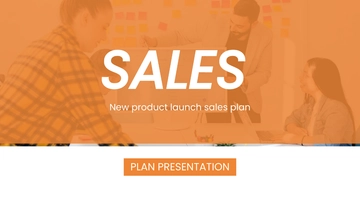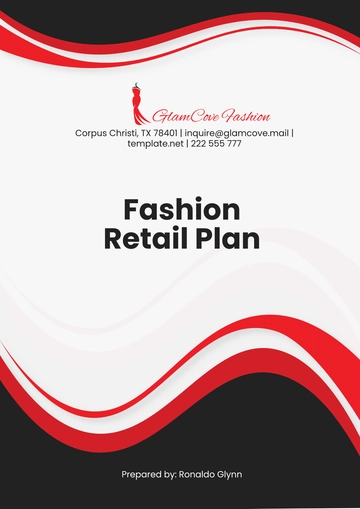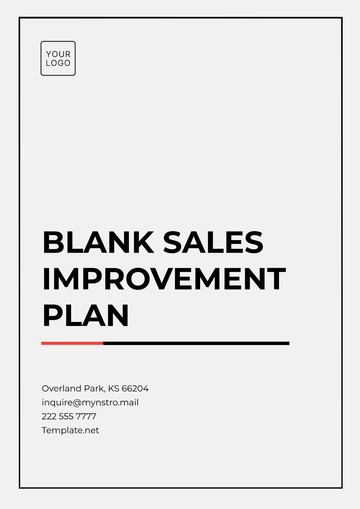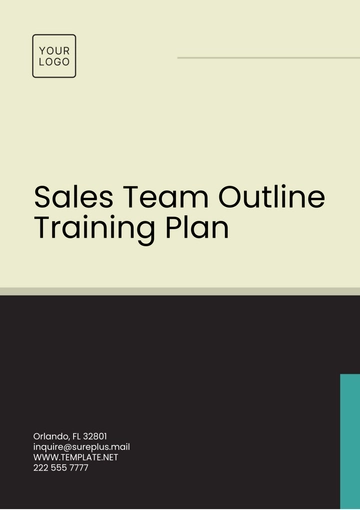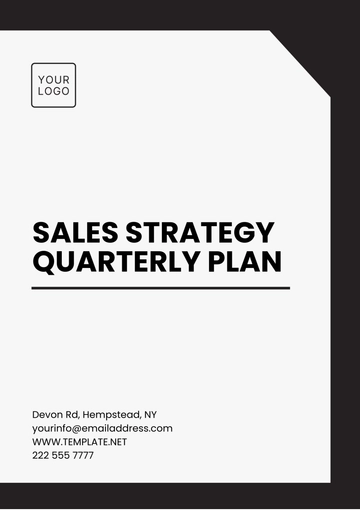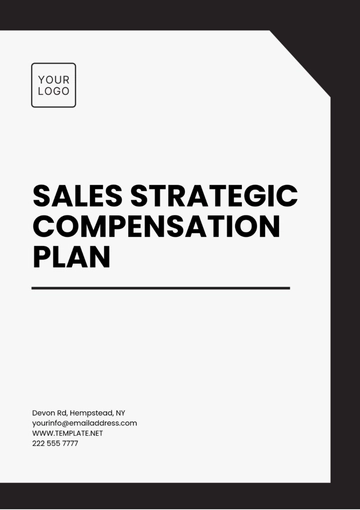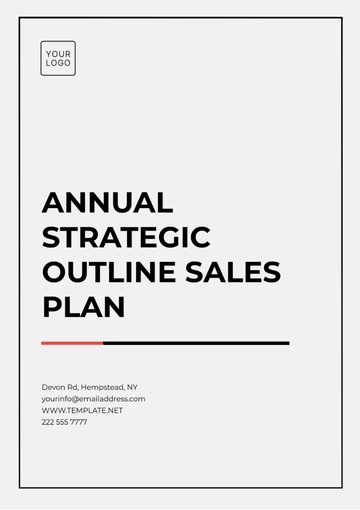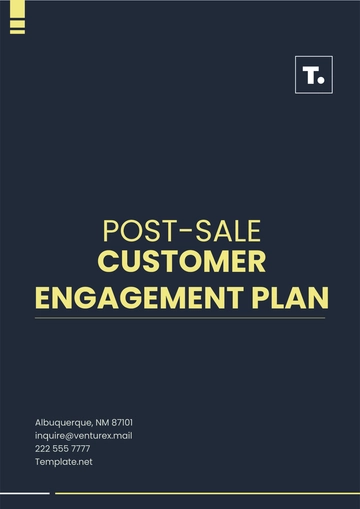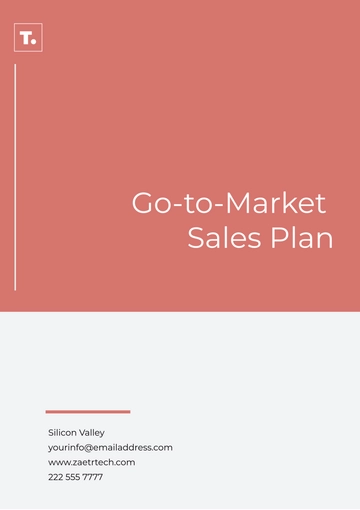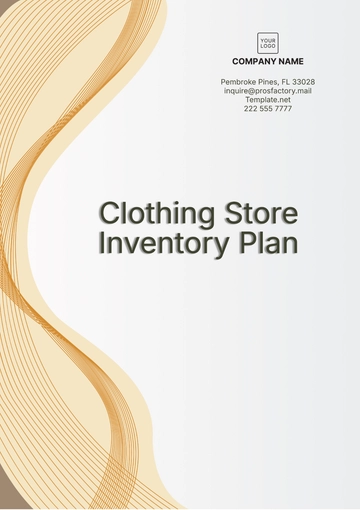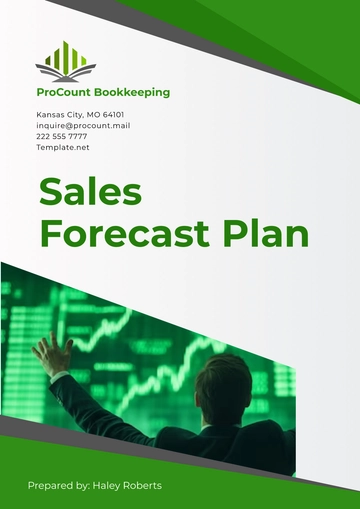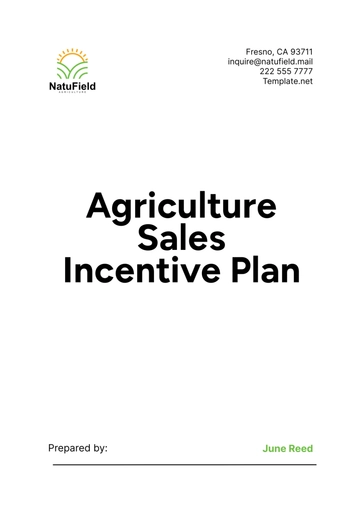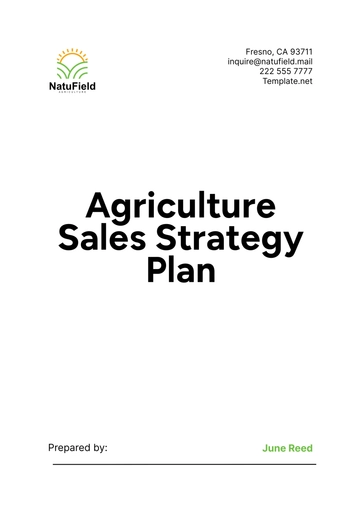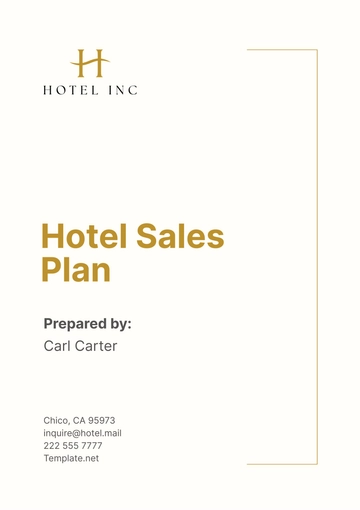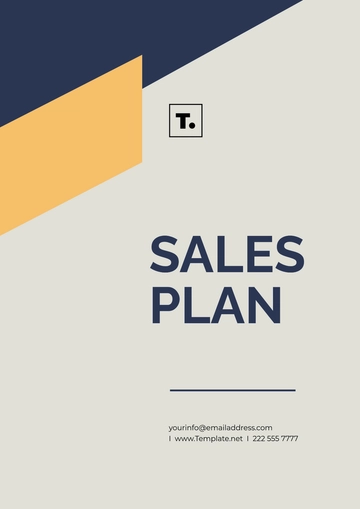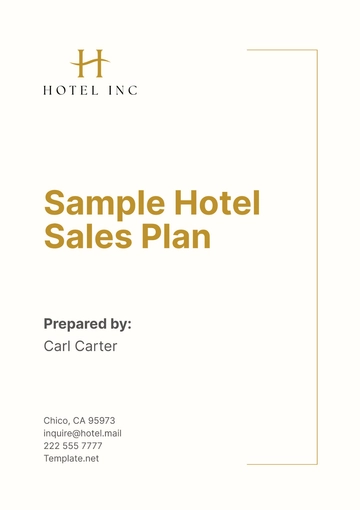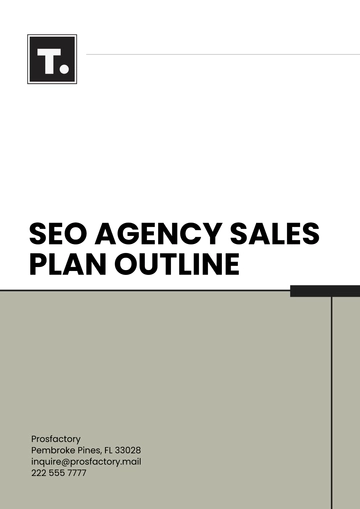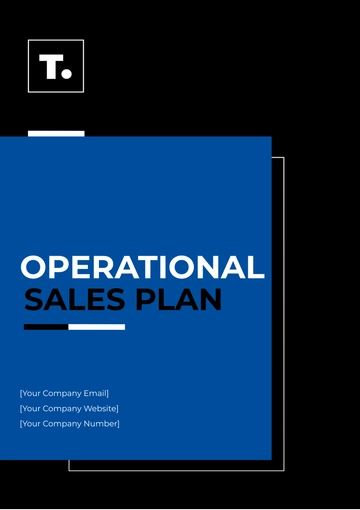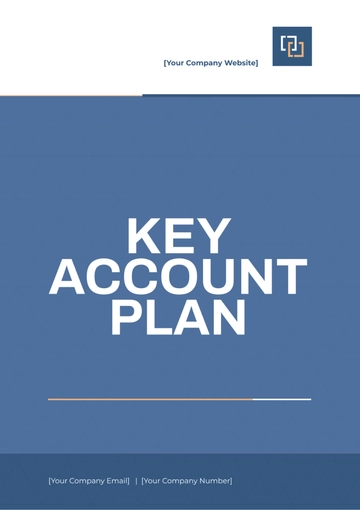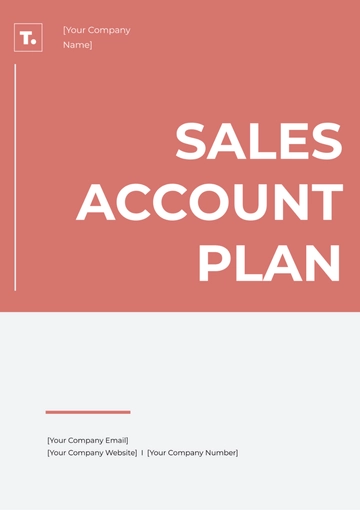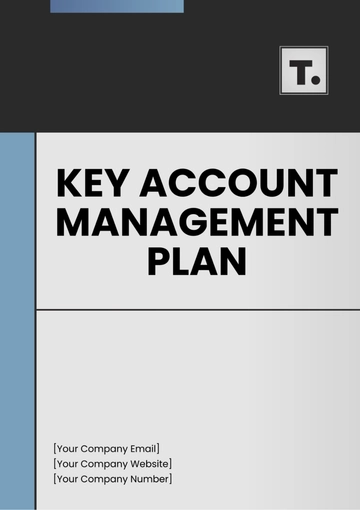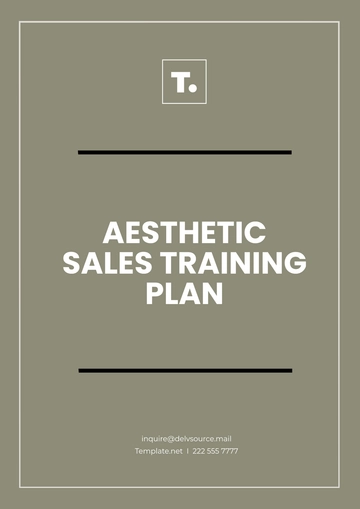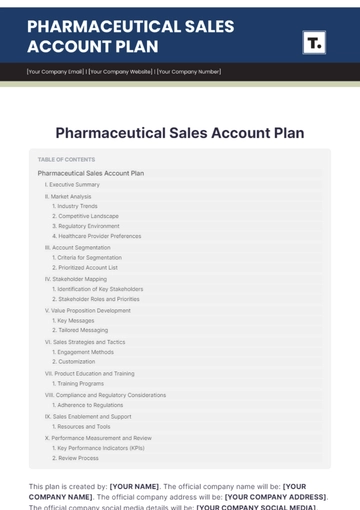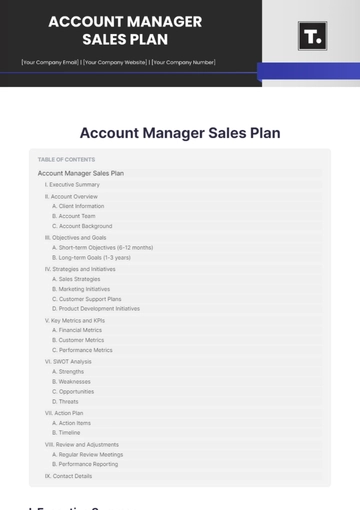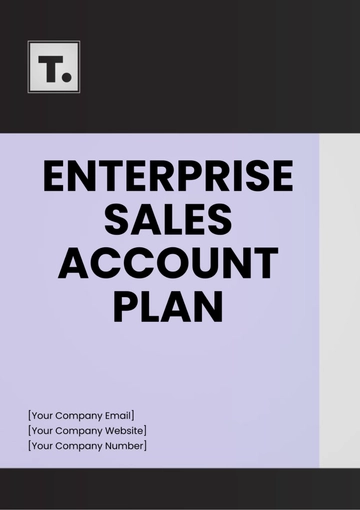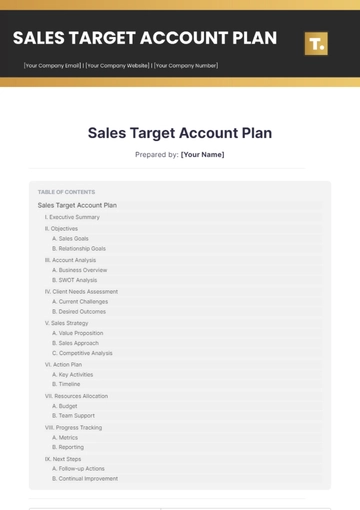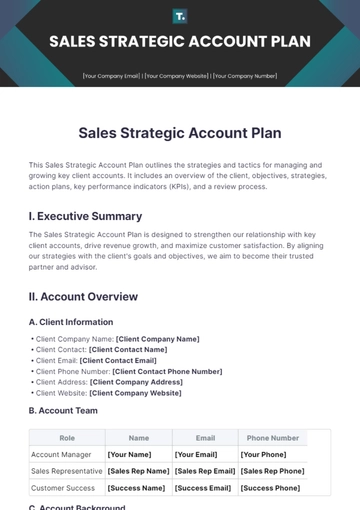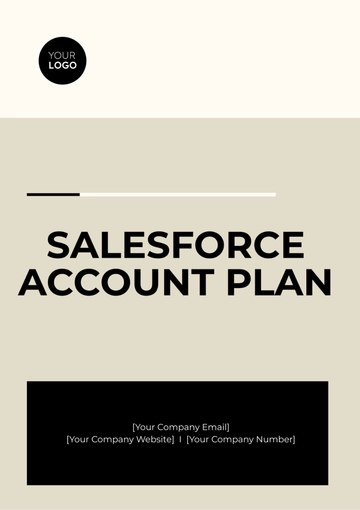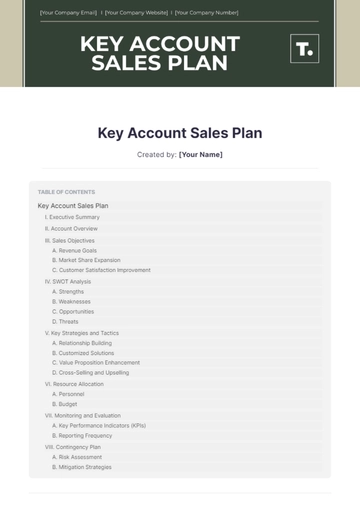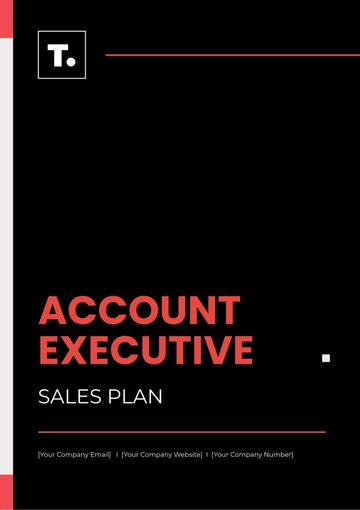Free Sales Case Study on Successful Incentive Plans
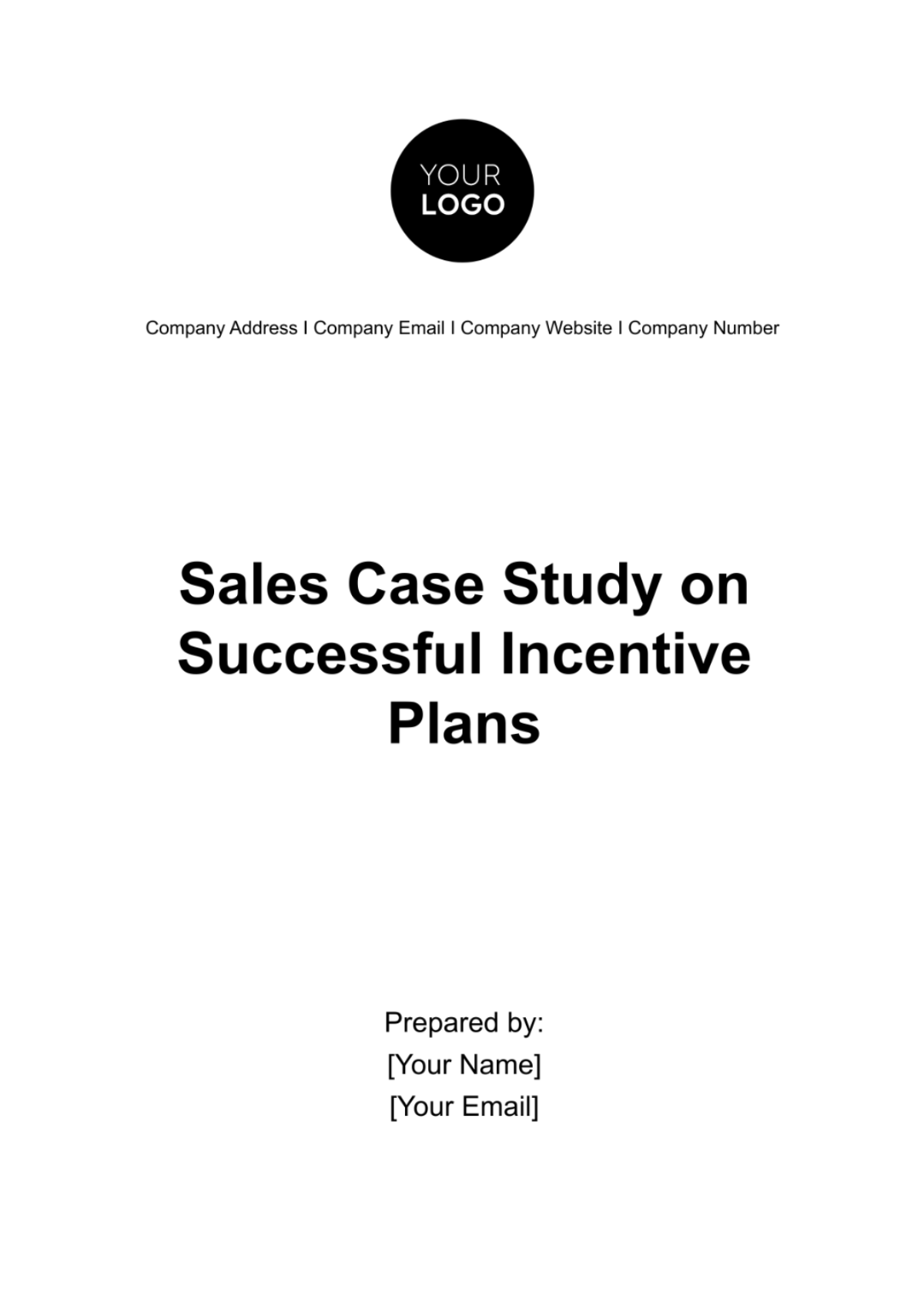
I. Background:
In the year 2050, [Your Company Name] was facing a series of challenges that were impeding its sales growth and employee retention. The company found itself in a competitive landscape where it was no longer sufficient to rely on traditional compensation structures and benefits packages to motivate and retain its sales teams. The most pressing issues included:
Stagnating Sales Growth:
The company had been experiencing a stagnation in its sales growth for several years. The sales teams were struggling to meet their targets, and it was evident that new strategies were required to reinvigorate performance.
High Turnover Rates:
Employee turnover, particularly within the sales department, had reached alarmingly high levels. Losing top-performing sales representatives was both costly and detrimental to the company's reputation as a preferred employer.
Changing Workforce Expectations:
The workforce had different expectations compared to previous generations. Employees were looking for workplaces that offered competitive salaries, recognition, opportunities for growth, and flexible incentives tailored to their unique needs.
II. Designing the Incentive Plans:
To address these challenges and create a motivating work environment, [Your Company Name] created an incentive plan. The key components of these plans included:
Tailored Incentive Plans:
[Your Company Name] introduced personalized incentive plans. Sales representatives were given the freedom to choose from a menu of performance-based rewards. This included options such as cash bonuses, travel vouchers, additional paid time off, and opportunities for career development. These incentives allowed employees to select rewards that matched their personal and professional aspirations.
Goal-Oriented Bonuses:
In addition to their base salaries, sales representatives were given the opportunity to earn goal-oriented bonuses. These bonuses offered more significant payouts for exceeding their sales targets. This transparent structure motivated sales teams to push their boundaries, as they clearly saw the correlation between exceptional performance and higher earnings.
Recognition and Non-Monetary Rewards:
The company has launched the "Sales Superstar" program. This program recognized and celebrated consistently exceptional performance. Sales representatives achieving "superstar" status received public acknowledgment, opportunities to lead critical projects, and exclusive access to company events. This not only created a sense of pride but also fostered healthy competition among employees, further boosting performance.
III. Implementation and Rollout:
The implementation of these innovative incentive plans was a critical phase, which involved several strategic steps:
Training and Communication:
[Your Company Name] conducted extensive training sessions to ensure that all employees, from sales representatives to management, fully understood the new incentive structures. Open channels of communication were also established to facilitate feedback and suggestions from employees, ensuring that their voices were heard and their concerns addressed.
Ongoing Monitoring and Adjustments:
The company recognized that the business environment was dynamic, and employee expectations could change over time. To maintain the effectiveness of the incentive plans, [Your Company Name] established an "Incentives Committee." This committee, comprising employees from various departments, was responsible for continuously assessing and adjusting the incentive plans to ensure they remained relevant and motivating. Regular feedback from sales representatives was actively encouraged and played a pivotal role in refining and optimizing the incentive structures.
IV. Outcomes:
The implementation of these innovative incentive plans led to a series of transformative outcomes:
Increased Sales Performance:
Within the first year of implementing the new incentive plans, [Your Company Name] witnessed a remarkable 25% increase in overall sales performance. Sales teams consistently met and exceeded their targets, resulting in a substantial boost in revenue. This increase in sales performance was directly attributed to the newfound motivation and empowerment that the incentive plans provided.
Reduced Turnover:
The company achieved a significant reduction in employee turnover, especially among the sales teams. The implementation of personalized incentives and recognition programs helped [Your Company Name] retain its top-performing sales representatives. This not only saved on recruitment and training costs but also ensured the stability of an experienced and effective sales force.
Enhanced Employee Satisfaction:
Sales representatives felt valued, appreciated, and motivated to excel in their roles. This positive shift in the workplace culture resulted in a more harmonious and productive work environment, with higher levels of employee engagement, lower stress, and increased collaboration among teams.
Improved Company Profits:
The combined impact of increased sales performance and reduced turnover resulted in a substantial improvement in company profits. [Your Company Name] experienced a 30% boost in annual revenue, underscoring the direct correlation between the success of the incentive plans and the financial success of the company. The positive impact on the bottom line extended beyond increased sales and also included cost savings related to employee turnover and heightened productivity.
V. Challenges:
Market Disruption:
The industry in the year 2050 was marked by rapid innovation and market disruption. Emerging technologies and startups posed a constant threat to [Your Company Name]'s market share.
Changing Customer Preferences:
Customer preferences were evolving, with a strong emphasis on personalized solutions, eco-friendly products, and ethical corporate practices. [Your Company Name] needed to adapt to these shifting demands.
Global Workforce Dynamics:
The workforce was increasingly global, with remote work and cross-border collaborations becoming the norm. This presented new challenges in maintaining a cohesive company culture and fostering teamwork.
VI. Customized Incentive Plans and Employee Segmentation:
[Your Company Name]'s incentive plans were made to suit the unique needs of various employee segments. The company recognized that what motivated one group might not be effective for another. The segments included:
Sales Representatives:
These employees had the opportunity to choose from a range of rewards that appealed to their professional aspirations, such as advanced sales training programs, mentorship opportunities, or the chance to lead strategic projects. This helped them focus on both immediate and long-term career goals.
Technical Staff:
The technical teams were incentivized with tailored options such as cutting-edge technology gadgets, memberships to tech innovation networks, or flexible work hours to support research and development.
Customer Service Teams:
This group was motivated by rewards such as wellness benefits, additional paid time off, or opportunities for skill development to improve customer satisfaction.
VII. Employee Feedback Mechanisms:
[Your Company Name] was committed to maintaining a culture of continuous improvement. To gather employee feedback and monitor the effectiveness of the incentive plans, the company introduced several mechanisms:
Regular Surveys:
Quarterly surveys were conducted to gather input on the incentive plans, job satisfaction, and perceived value. These surveys provided valuable insights for ongoing adjustments.
Focus Groups:
Periodic focus group discussions allowed employees to share their thoughts, experiences, and suggestions for improvement. This qualitative feedback was invaluable in refining the incentive structures.
VIII. Integration of Technology:
To streamline the management and distribution of incentives, [Your Company Name] embraced cutting-edge technology solutions. An advanced Incentive Management System (IMS) was introduced, which included features like:
Real-Time Tracking:
Sales representatives could track their performance and earnings in real-time, creating a sense of control and transparency.
Automated Reporting:
The IMS generated automated reports for management, offering insights into the effectiveness of the incentive plans and individual employee performance.
IX. Replicating Success Across Departments:
[Your Company Name] recognized that the success of its incentive plans in the sales department could be replicated in other areas. Therefore, the company began a phased rollout to implement similar personalized, goal-oriented, and recognition-focused incentive plans across different departments.
Marketing:
Marketers were incentivized with rewards related to creative skill development, access to innovative marketing technologies, and recognition through campaigns that recognized their impact.
R&D:
Research and Development teams were offered incentives such as participation in high-potential projects, access to specialized resources, and recognition for groundbreaking innovations.
X. Industry Recognition and Awards:
The success of [Your Company Name]'s innovative incentive plans did not go unnoticed. The company received industry recognition and awards, including:
"Best Workplace for Employee Engagement"
"Innovation in Employee Incentives"
"Top Company in Employee Retention"
These accolades underscored the impact of the company’s forward-thinking approach on employee satisfaction and business success.
XI. Lessons Learned and Future Directions:
[Your Company Name] reflected on the lessons learned from its incentive plan overhaul. The company realized the importance of staying agile, continuously assessing employee needs, and embracing technology as an enabler for incentive management. Future directions included:
Expansion of Recognition Programs:
The company has planned to extend its recognition programs to include innovative approaches such as gamification, peer-to-peer recognition, and customer testimonials.
Sustainability Initiatives:
In response to changing customer preferences, the company was exploring initiatives to reduce its environmental impact, with plans for green incentives and sustainability-focused rewards.
Global Workforce Strategies:
As the workforce became increasingly global, we have aimed to develop strategies to promote cohesion, cross-border collaboration, and cultural diversity.
XII. Conclusion:
[Your Company Name]'s case study from 2050 exemplifies how an organization can successfully tackle stagnation in sales, high turnover, and evolving workforce expectations through innovative and flexible incentive plans. By addressing specific challenges, tailoring incentives, gathering employee feedback, and integrating technology, we have not only achieved significant improvements in sales performance and employee satisfaction but also gained recognition within the industry.
- 100% Customizable, free editor
- Access 1 Million+ Templates, photo’s & graphics
- Download or share as a template
- Click and replace photos, graphics, text, backgrounds
- Resize, crop, AI write & more
- Access advanced editor
Showcase your incentive success stories with our Sales Case Study on Successful Incentive Plans Template available here at Template.net. This flexible and editable template, customizable in our AI Editor Tool, allows for a detailed presentation of your most effective incentive plans, serving as a valuable resource for best practices and insights.
You may also like
- Finance Plan
- Construction Plan
- Sales Plan
- Development Plan
- Career Plan
- Budget Plan
- HR Plan
- Education Plan
- Transition Plan
- Work Plan
- Training Plan
- Communication Plan
- Operation Plan
- Health And Safety Plan
- Strategy Plan
- Professional Development Plan
- Advertising Plan
- Risk Management Plan
- Restaurant Plan
- School Plan
- Nursing Home Patient Care Plan
- Nursing Care Plan
- Plan Event
- Startup Plan
- Social Media Plan
- Staffing Plan
- Annual Plan
- Content Plan
- Payment Plan
- Implementation Plan
- Hotel Plan
- Workout Plan
- Accounting Plan
- Campaign Plan
- Essay Plan
- 30 60 90 Day Plan
- Research Plan
- Recruitment Plan
- 90 Day Plan
- Quarterly Plan
- Emergency Plan
- 5 Year Plan
- Gym Plan
- Personal Plan
- IT and Software Plan
- Treatment Plan
- Real Estate Plan
- Law Firm Plan
- Healthcare Plan
- Improvement Plan
- Media Plan
- 5 Year Business Plan
- Learning Plan
- Marketing Campaign Plan
- Travel Agency Plan
- Cleaning Services Plan
- Interior Design Plan
- Performance Plan
- PR Plan
- Birth Plan
- Life Plan
- SEO Plan
- Disaster Recovery Plan
- Continuity Plan
- Launch Plan
- Legal Plan
- Behavior Plan
- Performance Improvement Plan
- Salon Plan
- Security Plan
- Security Management Plan
- Employee Development Plan
- Quality Plan
- Service Improvement Plan
- Growth Plan
- Incident Response Plan
- Basketball Plan
- Emergency Action Plan
- Product Launch Plan
- Spa Plan
- Employee Training Plan
- Data Analysis Plan
- Employee Action Plan
- Territory Plan
- Audit Plan
- Classroom Plan
- Activity Plan
- Parenting Plan
- Care Plan
- Project Execution Plan
- Exercise Plan
- Internship Plan
- Software Development Plan
- Continuous Improvement Plan
- Leave Plan
- 90 Day Sales Plan
- Advertising Agency Plan
- Employee Transition Plan
- Smart Action Plan
- Workplace Safety Plan
- Behavior Change Plan
- Contingency Plan
- Continuity of Operations Plan
- Health Plan
- Quality Control Plan
- Self Plan
- Sports Development Plan
- Change Management Plan
- Ecommerce Plan
- Personal Financial Plan
- Process Improvement Plan
- 30-60-90 Day Sales Plan
- Crisis Management Plan
- Engagement Plan
- Execution Plan
- Pandemic Plan
- Quality Assurance Plan
- Service Continuity Plan
- Agile Project Plan
- Fundraising Plan
- Job Transition Plan
- Asset Maintenance Plan
- Maintenance Plan
- Software Test Plan
- Staff Training and Development Plan
- 3 Year Plan
- Brand Activation Plan
- Release Plan
- Resource Plan
- Risk Mitigation Plan
- Teacher Plan
- 30 60 90 Day Plan for New Manager
- Food Safety Plan
- Food Truck Plan
- Hiring Plan
- Quality Management Plan
- Wellness Plan
- Behavior Intervention Plan
- Bonus Plan
- Investment Plan
- Maternity Leave Plan
- Pandemic Response Plan
- Succession Planning
- Coaching Plan
- Configuration Management Plan
- Remote Work Plan
- Self Care Plan
- Teaching Plan
- 100-Day Plan
- HACCP Plan
- Student Plan
- Sustainability Plan
- 30 60 90 Day Plan for Interview
- Access Plan
- Site Specific Safety Plan
